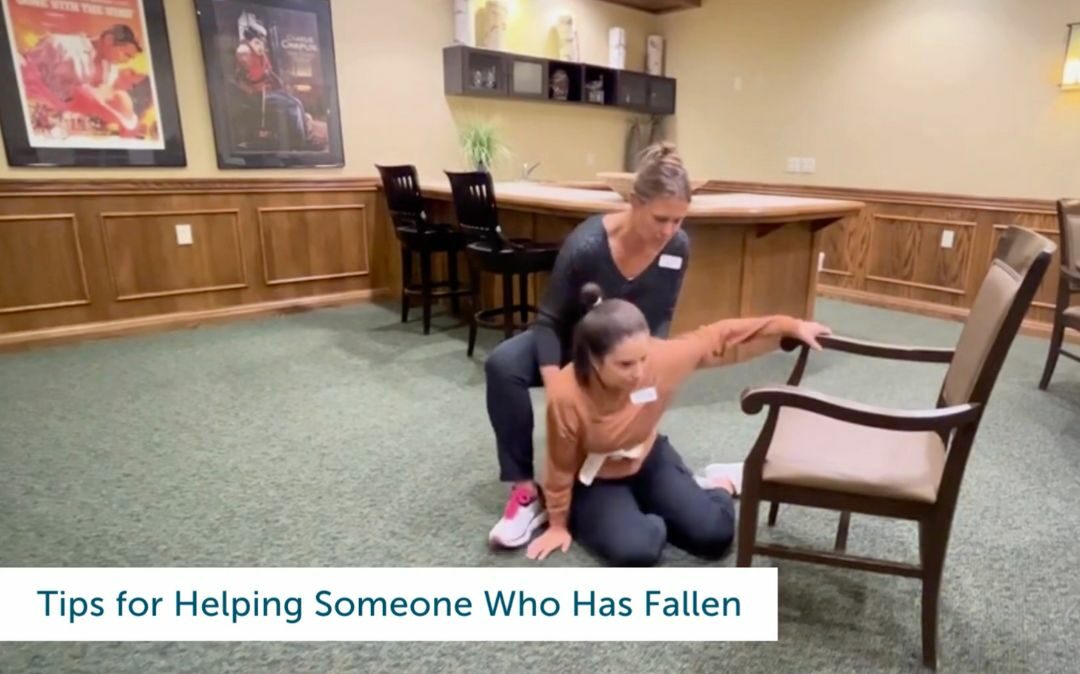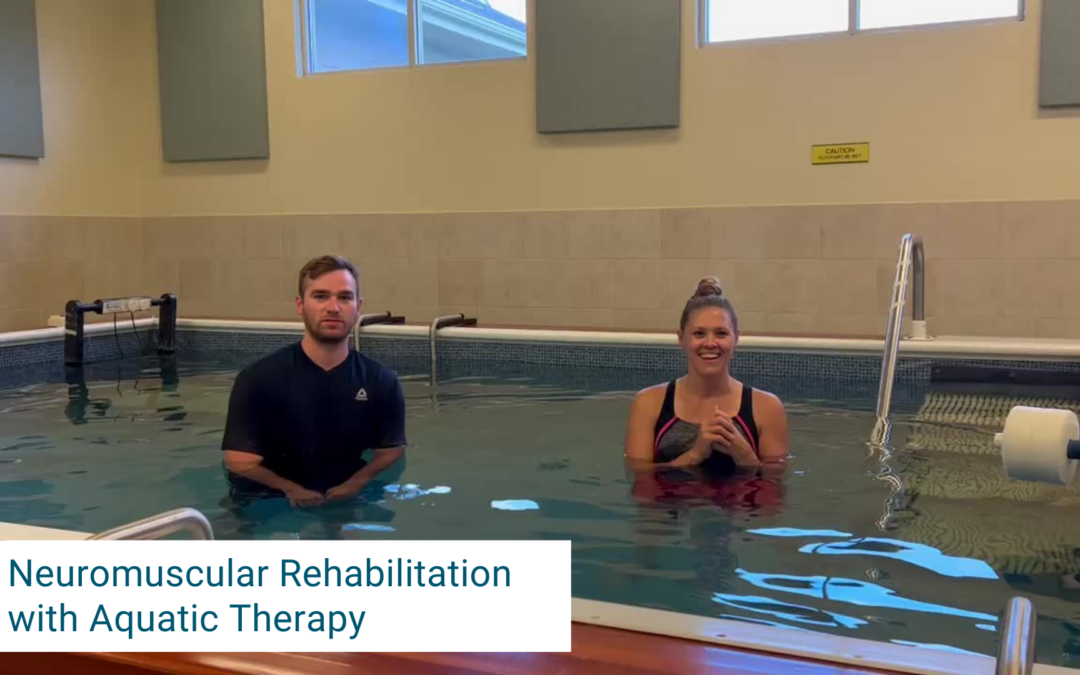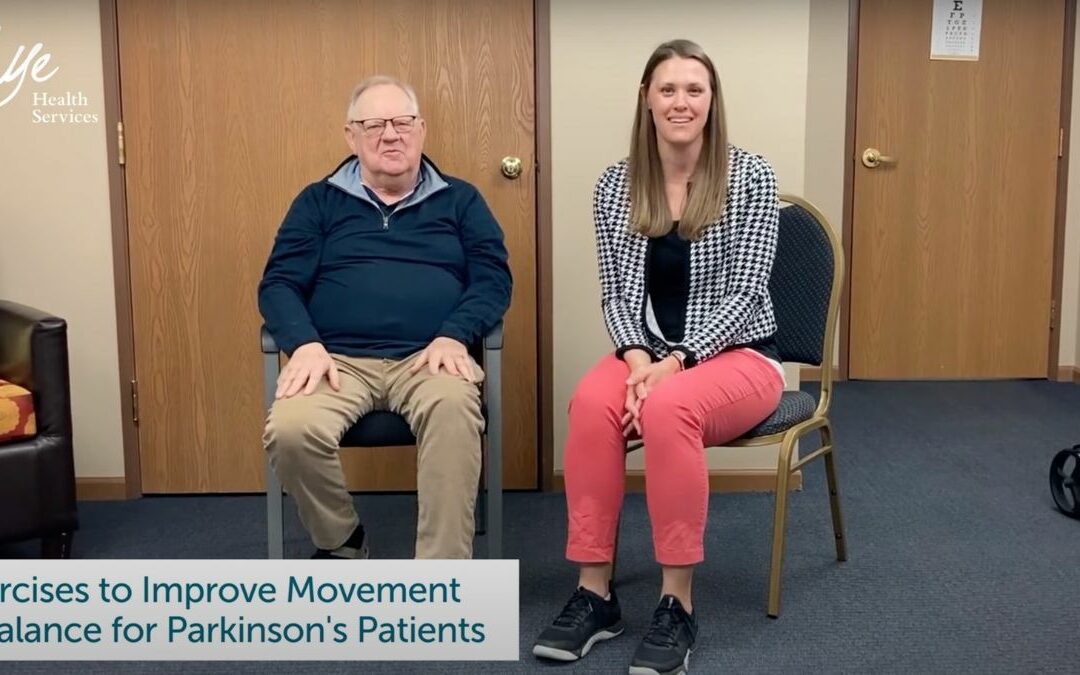
Assisting Someone Who Has Fallen Safely
Assisting Someone Who Has Fallen Safely
When someone falls, your primary concern should be their safety and well-being. Here are some steps to follow when helping someone who has fallen but isn’t injured:
1. Check for Injuries
Begin by asking the fallen individual if they hit their head, lost consciousness, or are experiencing any pain. If any of these factors are present, or if you have any concerns, don’t hesitate to contact emergency services (call 911) for immediate assistance.
2. Prepare to Assist
To assist the person safely, you can use a gait belt if available. A gait belt is a helpful tool for lifting without straining your back or causing injury to the fallen individual. If you don’t have a gait belt, you can use a sturdy belt or strap from a bag.
3. Position a Chair
If you have a sturdy chair nearby, use it to help the fallen person get up. If not, bring a chair or other piece of furniture to them. Proper positioning is crucial. Place the chair in front of the fallen individual.
4. Half-Kneeling Pivot
Help the fallen person onto their hands and knees. Stand behind them for support, keeping your hands on their waist or hips. Make sure the chair is close enough for them to reach easily.
5. Assist Gently
Assist the person in shifting their weight forward, allowing them to place one foot flat on the floor. Encourage them to use their arms to push up from the floor while you provide support at their waist or hips.
6. Sit Them in the Chair
Once they are in a stable position on one leg, help them pivot and sit in the chair.
7. Avoid Pulling or Yanking
Never pull on the fallen person’s arms or yank them abruptly. Encourage them to do as much as they can to avoid injury. Your role is to provide support and guidance.
In situations where someone has fallen but is not injured, it’s crucial to assist them safely to prevent any harm. By following these steps and using a gait belt or a sturdy strap, you can provide valuable assistance without risking injury to yourself or the fallen individual. Remember to prioritize their comfort and safety at all times.
If you have any questions about this or other fall and balance-related topics or outpatient care, please don’t hesitate to reach out to us. Your well-being and safety are our top priorities.
Nye Health Services | Award-Winning Senior Living Facilities & Services
Nye Health Services was established in 1989 on the philosophy that older adults deserve services that recognize the individual and are tailored to their unique needs. As a company, we do not aspire to be the largest, instead, we aim to uphold our mission by providing award-winning health services that make our residents feel genuinely cared for and connected while realizing life’s joy.
If you are searching for a senior living community, explore one of our locations in Fremont (Nye Legacy, Nye Square, & Nye Pointe), Norfolk (The Meadows), and Lincoln, Nebraska (Gateway Vista). Each campus provides award-winning health and wellness services, comfortable apartments and/or suites, with numerous amenities to help you live life to the fullest!


